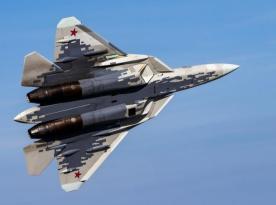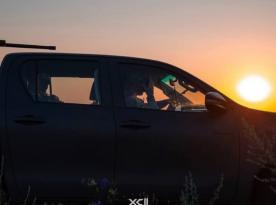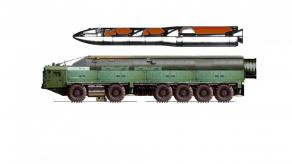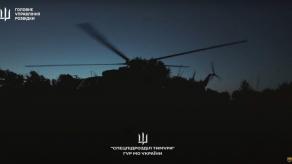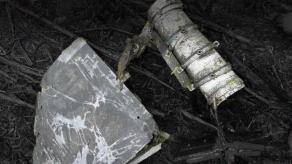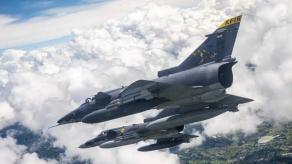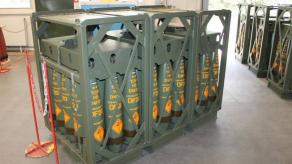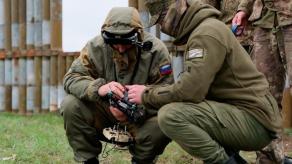The simulation demonstrated that the UK’s current air defense system would be unable to repel an attack of such scale. This was revealed by Air Commodore Blythe Crawford, former head of the UK’s Air and Space Warfare Centre, during an event hosted by the Royal United Services Institute (RUSI). The findings were reported by Newsweek.
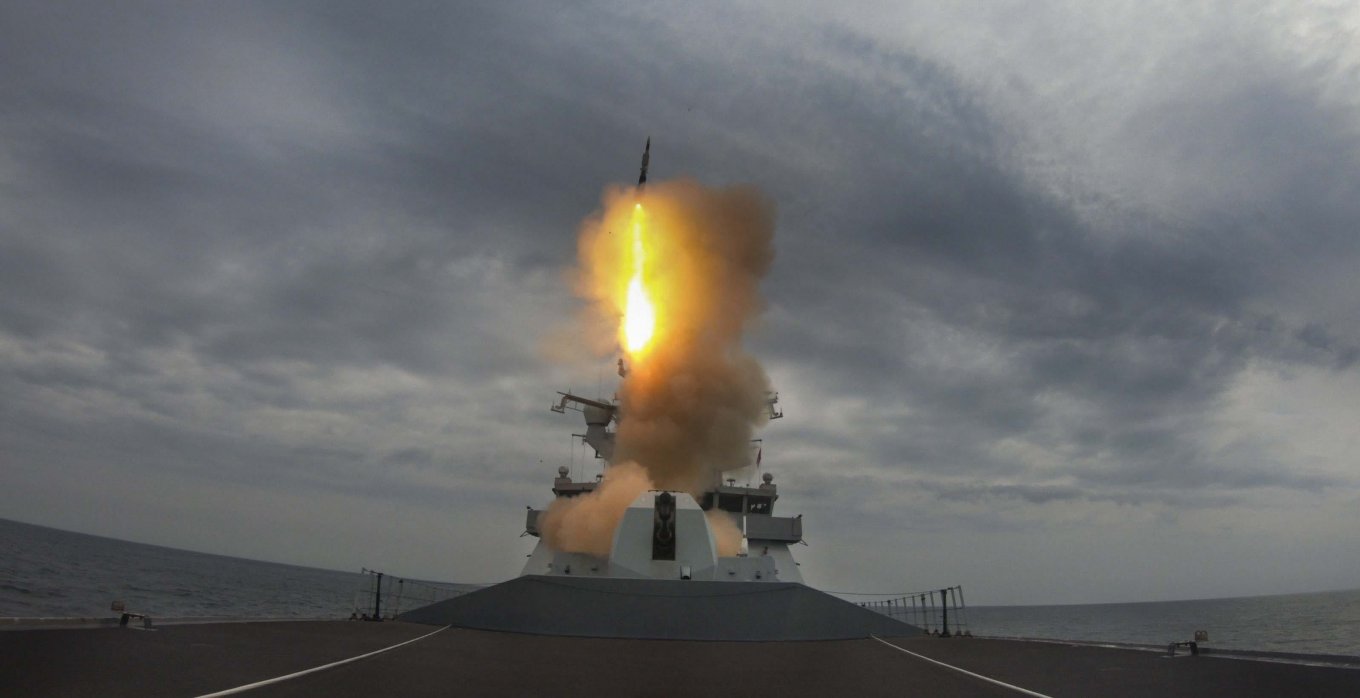
The assessment included the Royal Air Force’s Eurofighter Typhoon fleet, ground-based air defense systems of the British Army, and Type 45 destroyers of the Royal Navy equipped with Sea Viper missiles for ballistic missile interception.
Read more: Ukraine Constantly Develops New Methods Against russian Electronic Warfare and Air Defenses
A critical concern highlighted by the simulation is the increasing sophistication of aerial threats. Since the start of russia’s full-scale war against Ukraine, systems such as long-range loitering munitions, including the Shahed and Geran drones, have become a regular component of russian strikes.
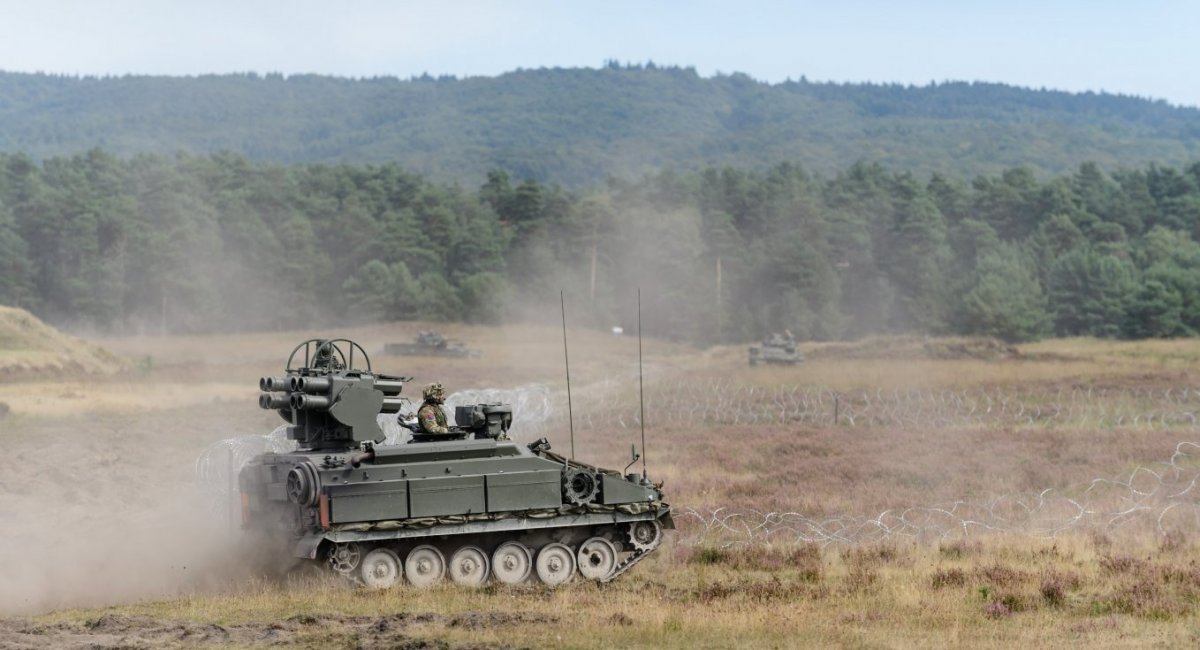
A UK Ministry of Defence spokesperson stated that the United Kingdom, together with NATO allies, remains ready to defend itself against any threat. However, this official position contrasts with the outcome of the Gladiator simulation.
According to The Military Balance 2024, as of early last year, the UK Armed Forces had an unspecified number of CAMM medium-range air defense systems and 60 Stormer short-range launchers, all assigned to the 16th Regiment Royal Artillery. The Royal Navy operated six Type 45 destroyers with Sea Viper capabilities. The Royal Air Force maintained a fleet of 121 Typhoon FGR4 combat aircraft and six Typhoon T3 trainers.
In March 2025, defense analysts recommended that the UK adopt a forward defense posture, referred to as the Bear Line, closer to russian borders. This approach was proposed to counter the potential threat of up to 800 cruise missiles launched from 26 submarines and 11 surface vessels of russia’s Northern Fleet.
Additionally, the UK’s decision to scale down its E-7 Wedgetail acquisition means the country will be able to maintain airborne radar coverage for only eight hours per day instead of full 24-hour surveillance.
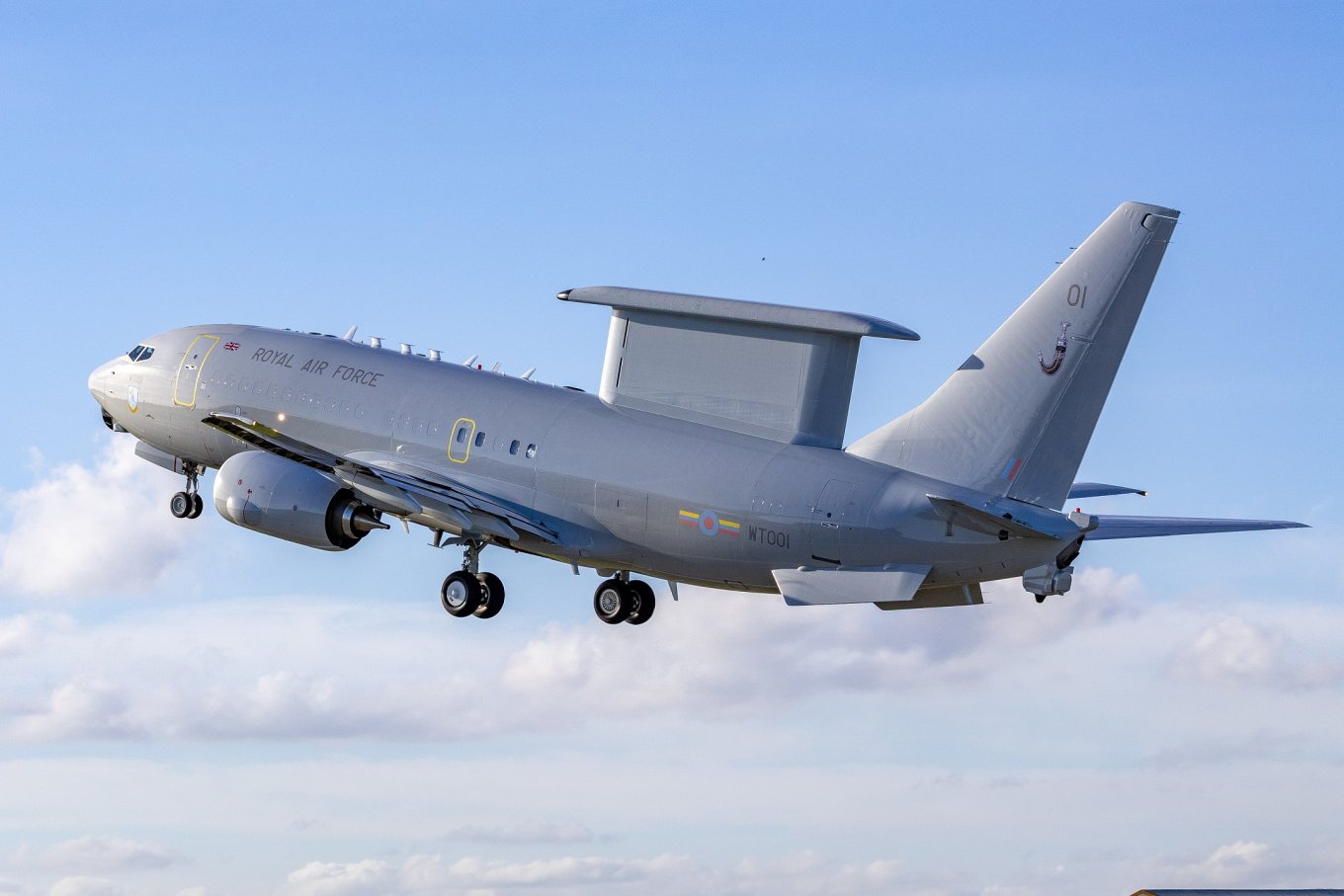
Read more: SIPRI Review: Ukraine Tops Global Defense Spending by Budget Share While russia's Figures are Strangely Modest





